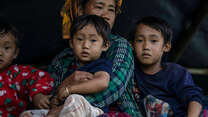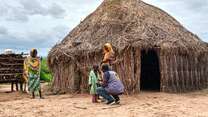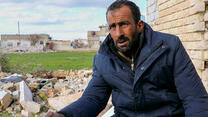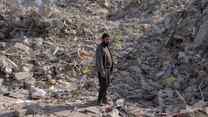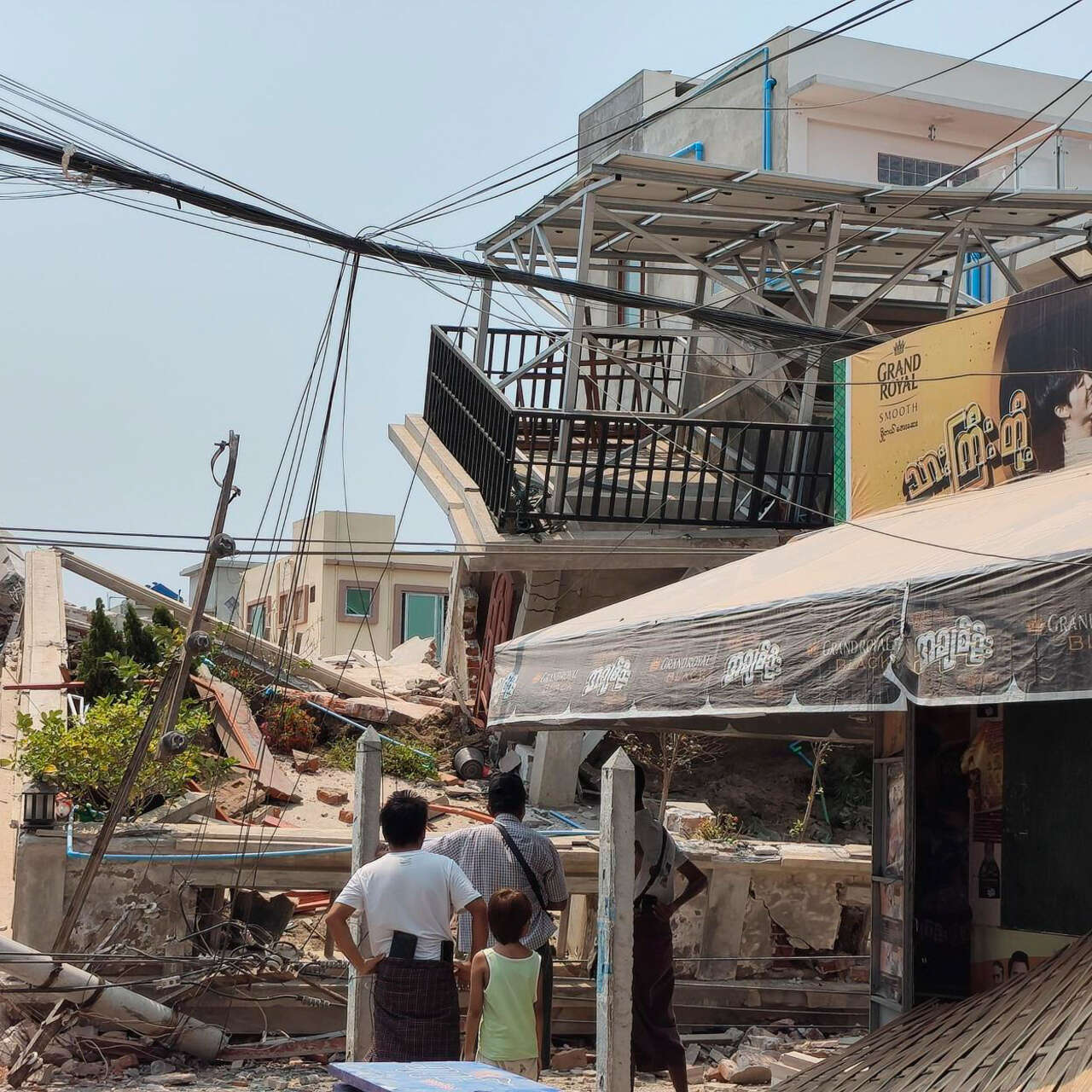
A major earthquake has devastated communities in Myanmar and sent shockwaves through the region, impacting Thailand and Bangladesh. IRC teams are on the ground delivering urgent support to survivors. Our teams report staggering humanitarian needs.
Survivors urgently need medical care, clean drinking water, tents, food and other basic necessities.
What are the impacts of the earthquake in Myanmar?
On March 28, 2025, a devastating 7.7 magnitude earthquake struck central Myanmar, near Mandalay, killing more than 3,800 people and causing widespread devastation across multiple regions. Minutes later, a second 6.4 magnitude earthquake hit, followed by several powerful aftershocks. Due to the earthquake’s shallow depth, destruction spread across the region, including neighboring Thailand and Bangladesh. The death toll has surpassed 3,800, with thousands more injured.
One month since the disaster, the International Rescue Committee (IRC) has reached over 10,000 people with healthcare, water and sanitation programming, protection services, and cash support. However, the situation remains dire as Myanmar, which ranks third on the IRC's Emergency Watchlist 2025, continues to grapple with the earthquake’s impacts alongside challenges from ongoing conflict.
Survivors urgently need medical care, clean drinking water, tents, food, and mental health support due to the trauma and shock caused by the disaster. Humanitarian access remains a challenge as road damage, debris, and landslides limit movement, while electricity disruptions and communication network failures further complicate response efforts. The IRC teams are working tirelessly to address these staggering humanitarian needs.
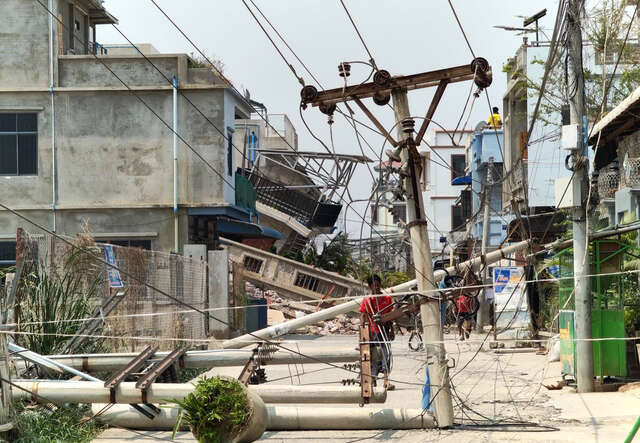
One month after Myanmar's earthquake
In the immediate aftermath of the earthquake, an IRC needs assessment revealed a dire humanitarian crisis, with the hardest-hit areas—including Mandalay, Sagaing, Nay Pyi Taw, and parts of Shan State—struggling to cope with the widespread destruction.
Nearly half of the country's 3.6 million internally displaced people live in the areas affected by the earthquake. Roads and communication networks have been heavily damaged, complicating rescue and relief efforts. Health facilities in affected areas remain overwhelmed, particularly as supply chains for medicine and healthcare equipment continue to be disrupted. Additionally, damage to water and sanitation infrastructure has increased the risk of disease outbreaks, particularly cholera, typhoid, and respiratory infections.
The scale of devastation is staggering, and the humanitarian needs are immense. We are particularly concerned about the most vulnerable groups, including children, displaced persons, and women at heightened risk of gender-based violence. More funding is required to deliver life-saving aid, restore essential services, and prevent further loss of life. The IRC is working alongside local partners to ensure urgent assistance reaches those most in need.
- Senior IRC staff member based in Yangon
The destruction of homes has left hundreds of thousands of people displaced, with many forced to sleep in the open or in overcrowded temporary shelters. Emergency shelter materials such as tents, tarps, blankets, and household items are urgently needed.
Food insecurity is a growing concern, as food prices have surged following the disaster. Many families are skipping meals or reducing intake, and assessments indicate an urgent need for emergency food distribution and cash assistance to help affected populations meet their basic needs.
Hospitals are overwhelmed
Hospitals in Mandalay, Myanmar are overwhelmed, with many people forced to wait outside for treatment. Damage to power supplies has led to widespread electricity outages, further straining medical facilities already affected by the earthquake. With limited resources, many survivors are unable to access medical treatment.
Meanwhile, disruptions to water and sanitation systems have increased the risk of water-borne disease outbreaks, like cholera. Seasonal water shortages are expected to further strain access to clean water as temperatures surpass 104°F (40°C).
An IRC staff member from Mandalay, Myanmar reports:
Hospitals are overwhelmed with trauma cases, and many hospital buildings are unusable. Patients are being treated on beds placed outside due to fears of buildings collapsing. However, beyond emergency cases, people are unable to prioritize their health as they struggle to meet their basic survival needs.
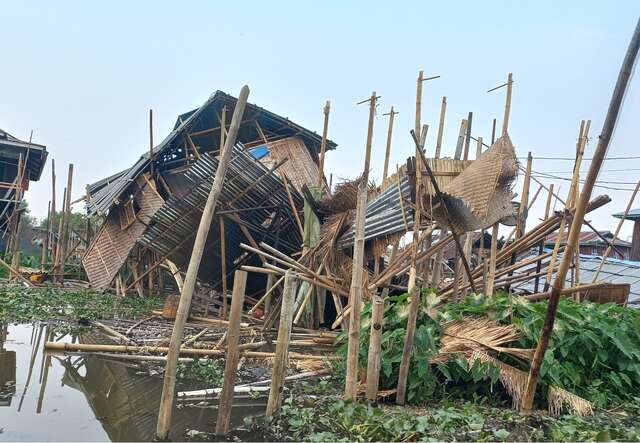
Earthquake accelerates Myanmar’s existing humanitarian crisis
This earthquake has deepened the existing humanitarian crisis in Myanmar. Prior to the earthquake, 19.9 million people in Myanmar already needed urgent humanitarian assistance and 3.5 million people had been displaced from their homes due to violent conflict.
Myanmar ranked third on the IRC’s 2025 Emergency Watchlist of countries most likely to experience a deteriorating humanitarian crisis.
How is the IRC responding?
Despite severe operational challenges, including damaged infrastructure and disrupted financial services, the IRC is mobilizing emergency response efforts. In the month since the earthquake, the IRC has reached over 10,000 people with healthcare, water and sanitation programming, protection services and cash support.
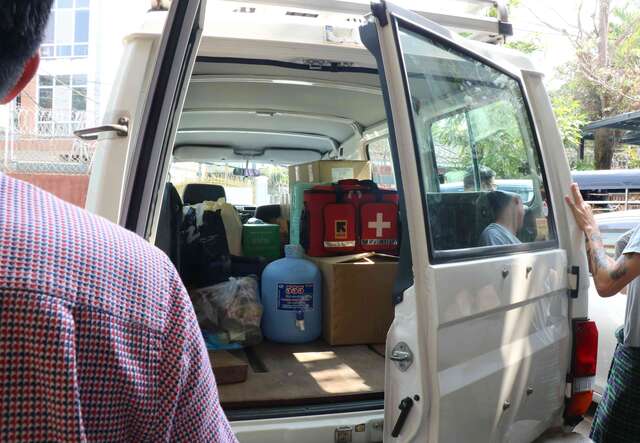
How can I help Myanmar?
The IRC is responding to the critical needs of communities impacted by the earthquake in Myanmar. However, Myanmar’s humanitarian funding plan remains dangerously underfunded. Donations are urgently needed to scale up the emergency response in Myanmar.
Learn more about how you can help the IRC continue our mission.
Get connected: Follow our Instagram, LinkedIn, Facebook, Bluesky and X accounts.
What is the International Rescue Committee?
The IRC helps people affected by humanitarian crises to survive, recover and rebuild their lives. For over 90 years, we’ve provided humanitarian aid and long-term support to people affected by conflict, disaster and displacement.
